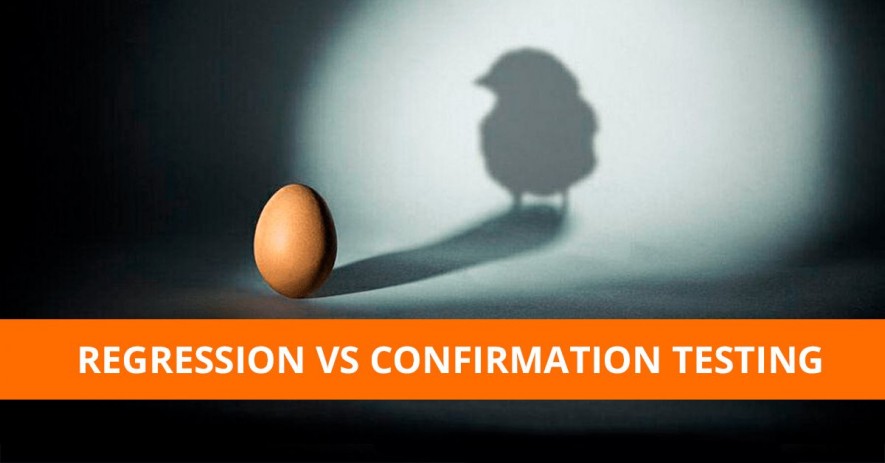What Is The Difference Between White Box, Black Box And Gray Box Testing?
21.11.2011
Black box testing is such a technique based exclusively on demands and specifications. It requires no knowledge of internal paths, structures, or realization of the software product under test. In
Read MoreWhat Is Data-Driven Testing?
14.11.2011
Generally an application has to be tested with manifold complement of data. For example, a simple login screen, which depends on the user kind, will give dissimilar rights for different
Read MoreCoverage Techniques in Software Testing
09.11.2011
Note: this atricle was updated in July 2019. How to cover everything with your attention and control? In software testing, we use test coverage to define the percent of executed
Read MoreRegression and Confirmation testing. What is the difference?
08.11.2011
Note: this article was updated in September 2019. In this article, we would like to separate the differences between these types of tests. But, where and why to use each
Read MoreTraditional and Modern Way of Software Testing
04.11.2011
Many organizations still use such testing methodology (it is also called traditional) where software testing is usually conducted after the build and execution stages. Traditional (old) way of software testing:
Read MoreWhat is Monkey Testing?
03.11.2011
Note: this article was updated in July 2019 Is it right to trust to chance, especially when it comes to your job? If to talk about software testing, you hardly
Read MoreDifference Between System and Acceptance Testing
01.11.2011
Acceptance testing tests the system whether it satisfies the requirements. It is alike with System testing in such focus that the whole system is checked. But it is significant dissimilarity
Read MorePreparation of Acceptance Test Plan
25.10.2011
In any software testing project the acceptance document is basically prepared using the certain inputs. But this can vary depending on organization and project. Here are the most general inputs
Read MoreLatent and Masked Software Bugs: What’s the Difference?
21.10.2011
Note: the article was updated in October 2018 Bugs can attack your software at any time especially when you do not expect to meet them. Some software defects are not
Read MoreHow Does Software Testing Affect Risk?
12.10.2011
A risk is such circumstance which can arise wastes. Risk can only be controlled in different scenarios but not absolutely removed. A defect generally transforms to a risk. Let’s imagine,
Read MoreMain Types of Defects in Software Testing
11.10.2011
Note: the article was updated in August 2018. There are several different classifications of software issues that are based on a certain criterion, for example, classification according to defect severity,
Read More











